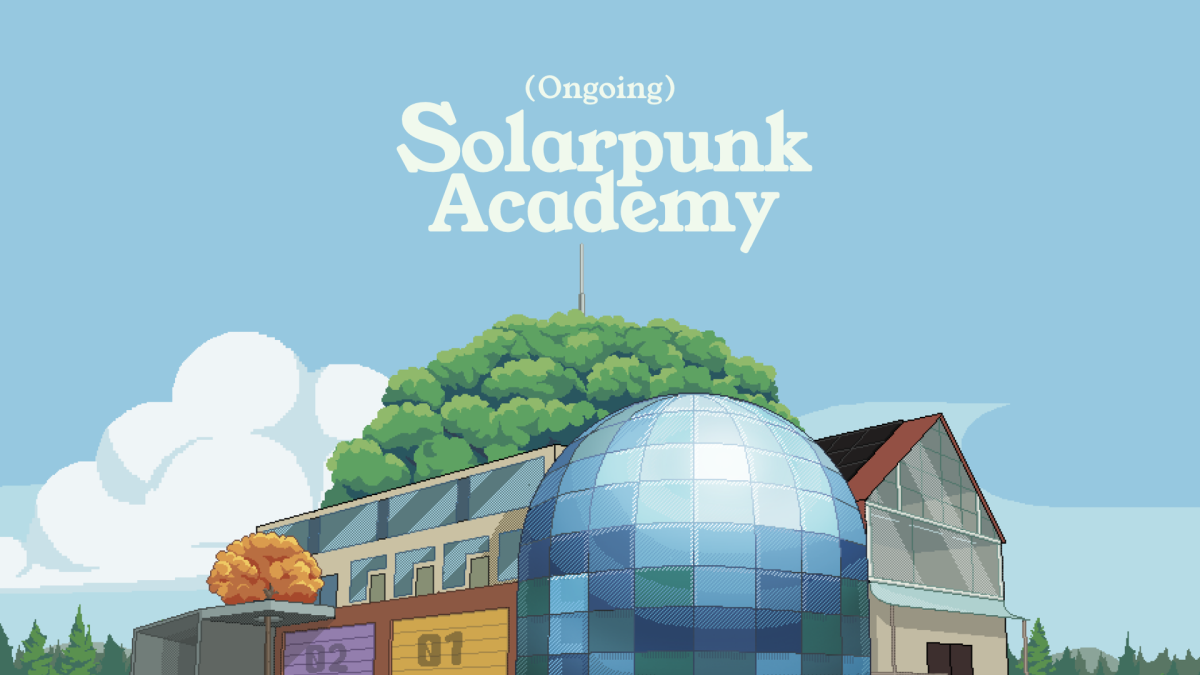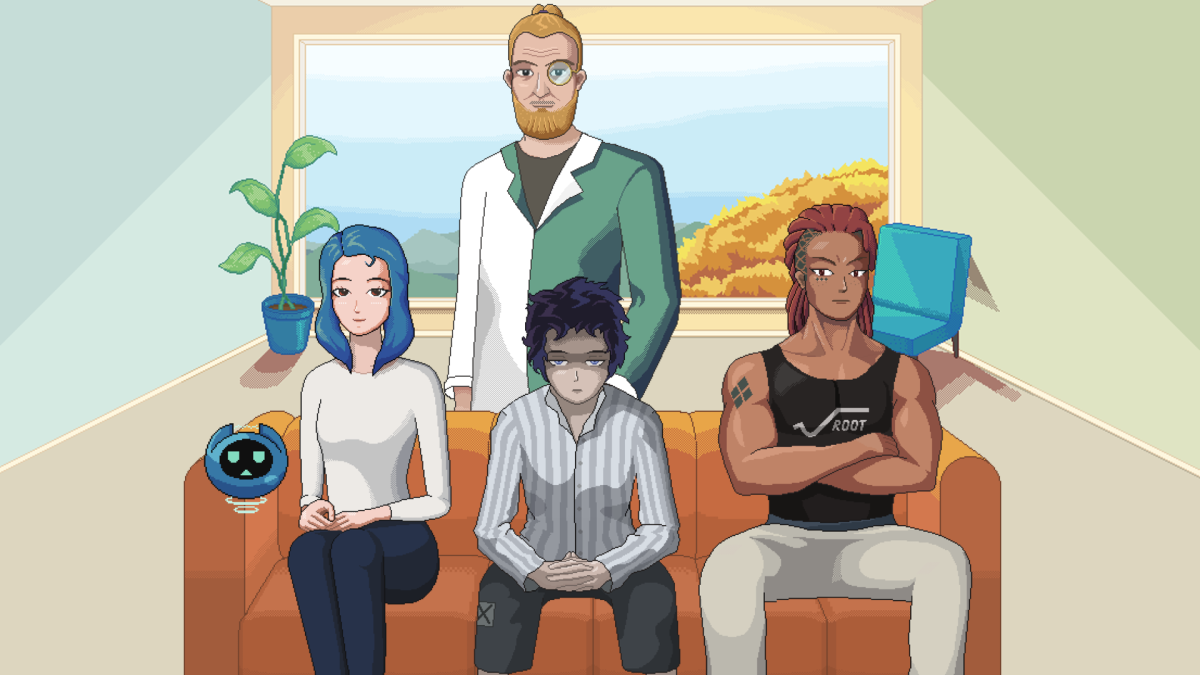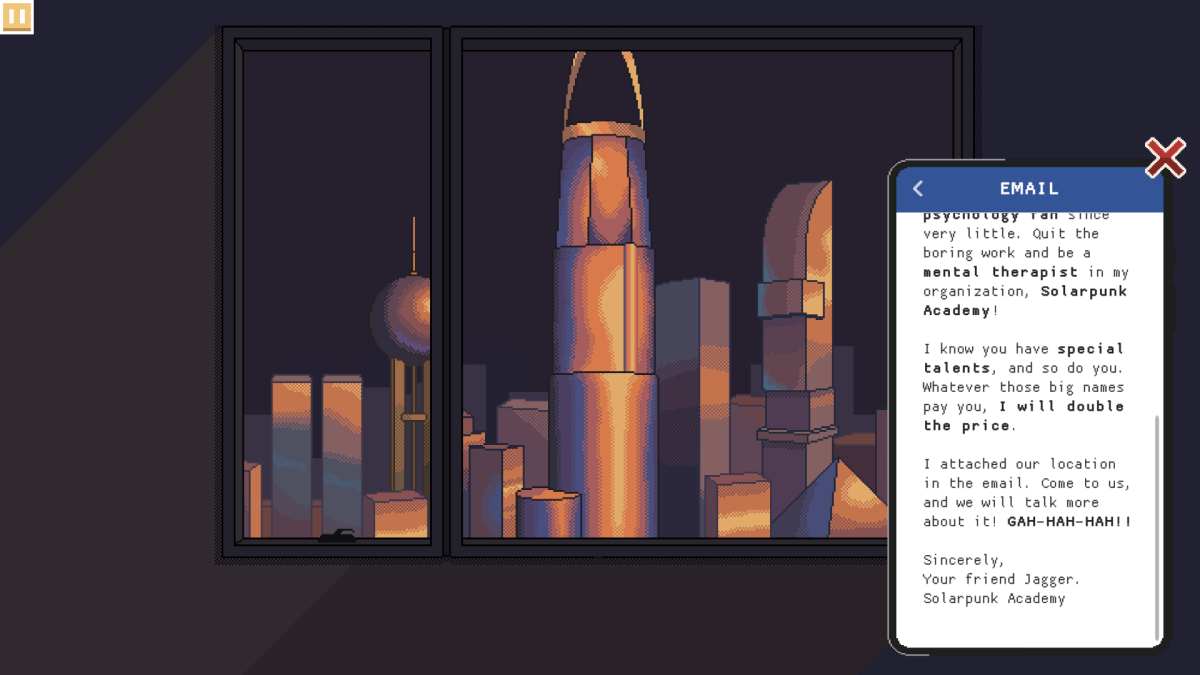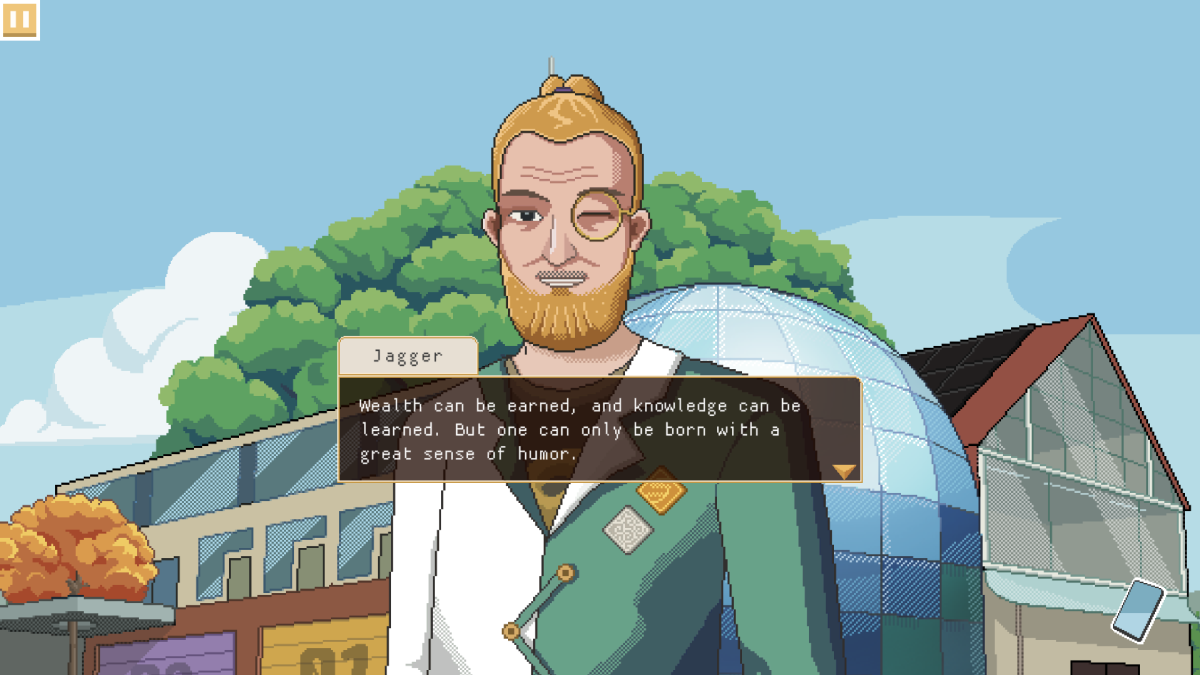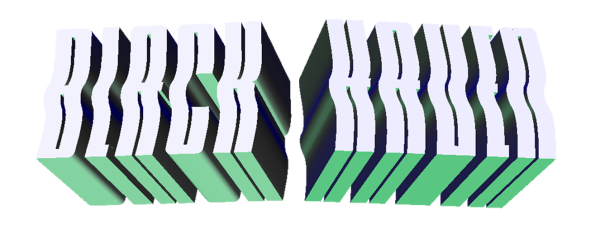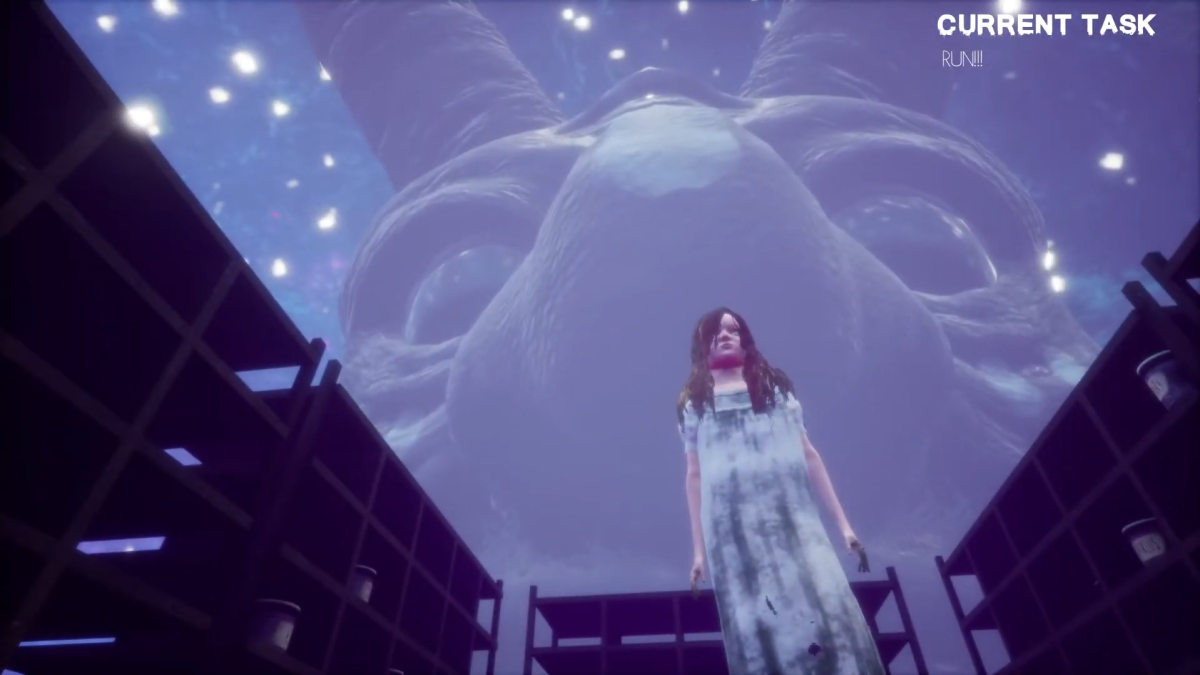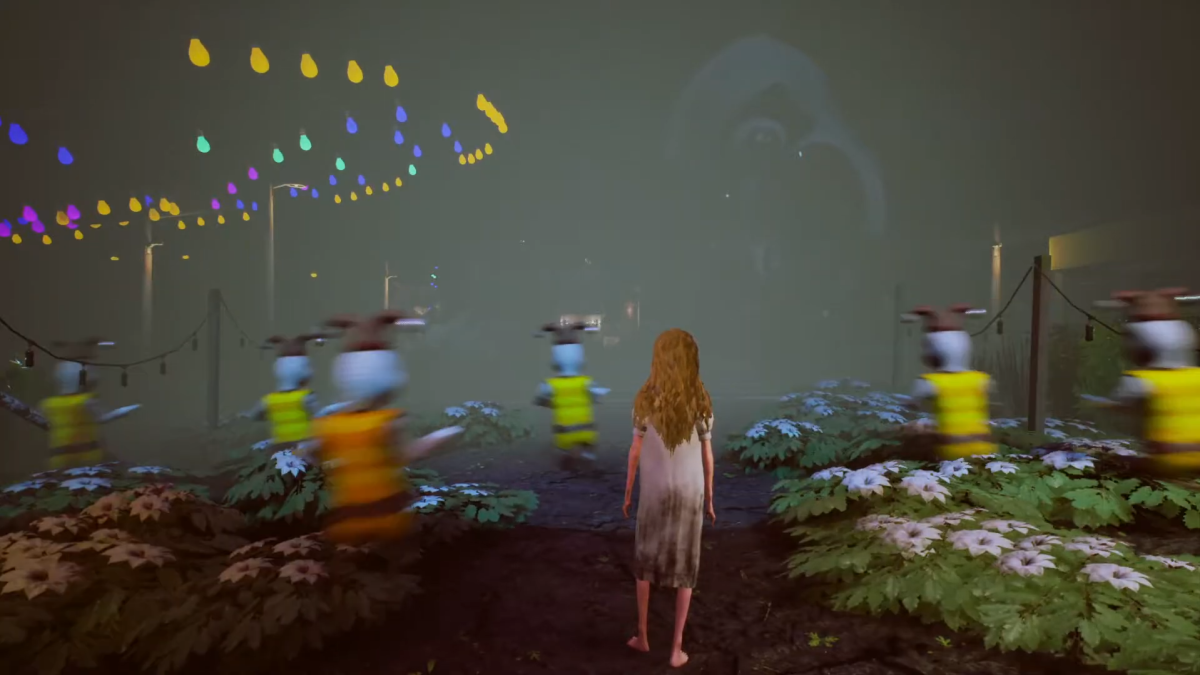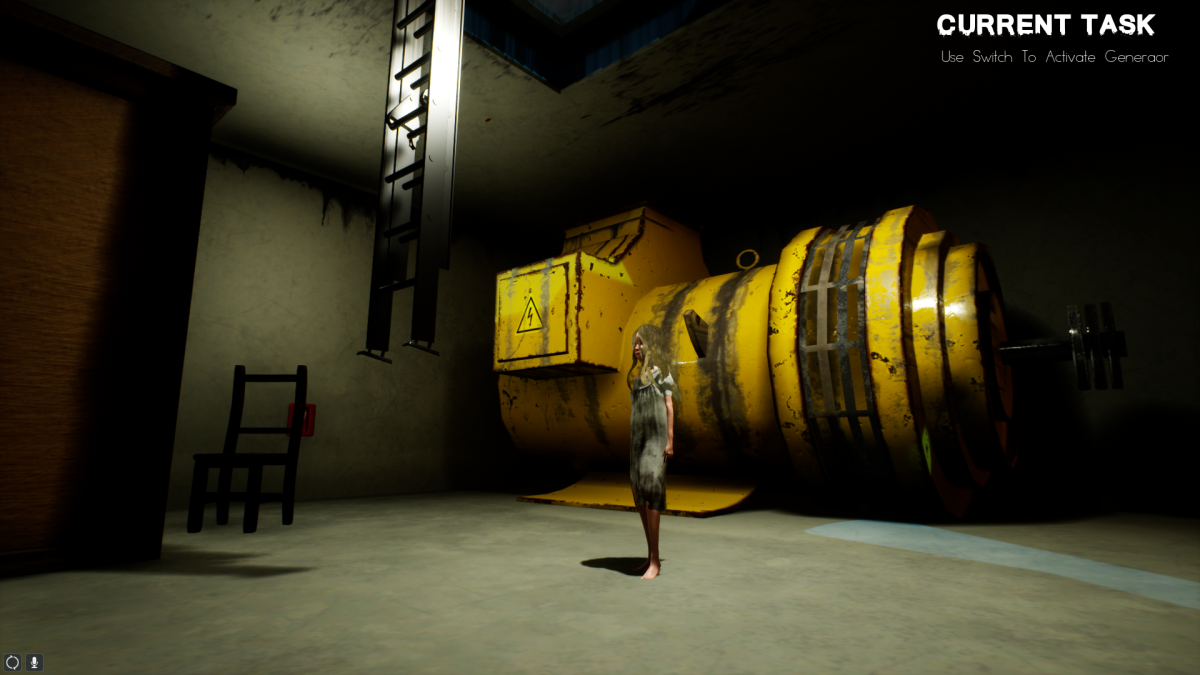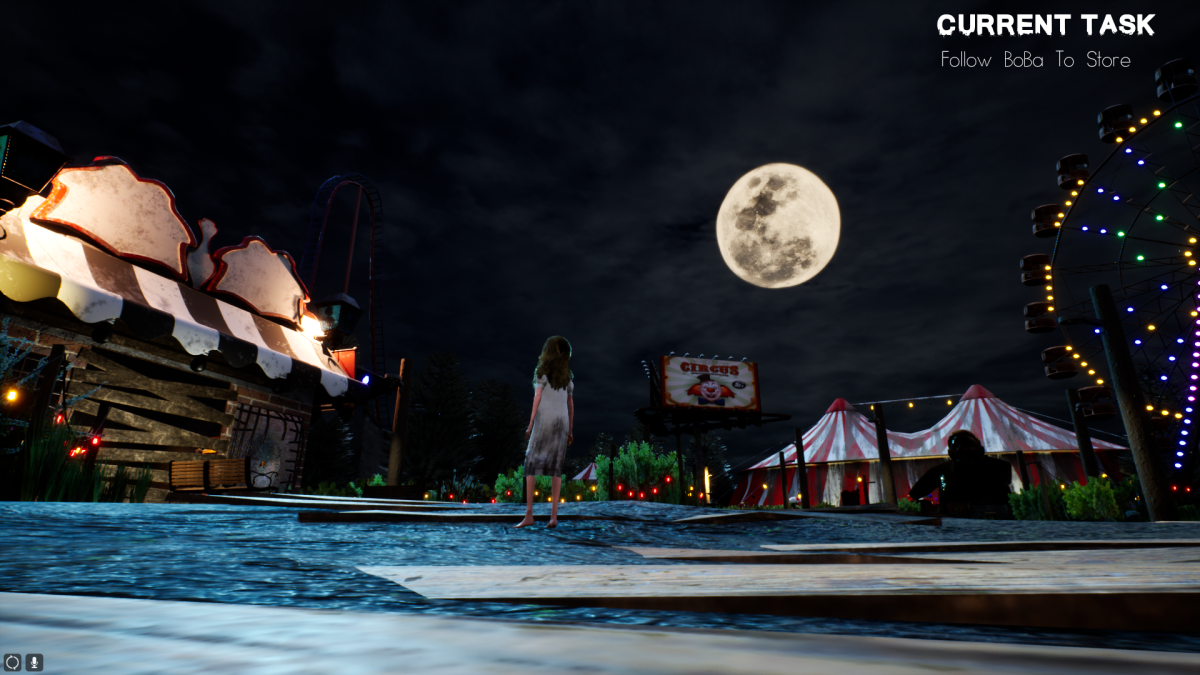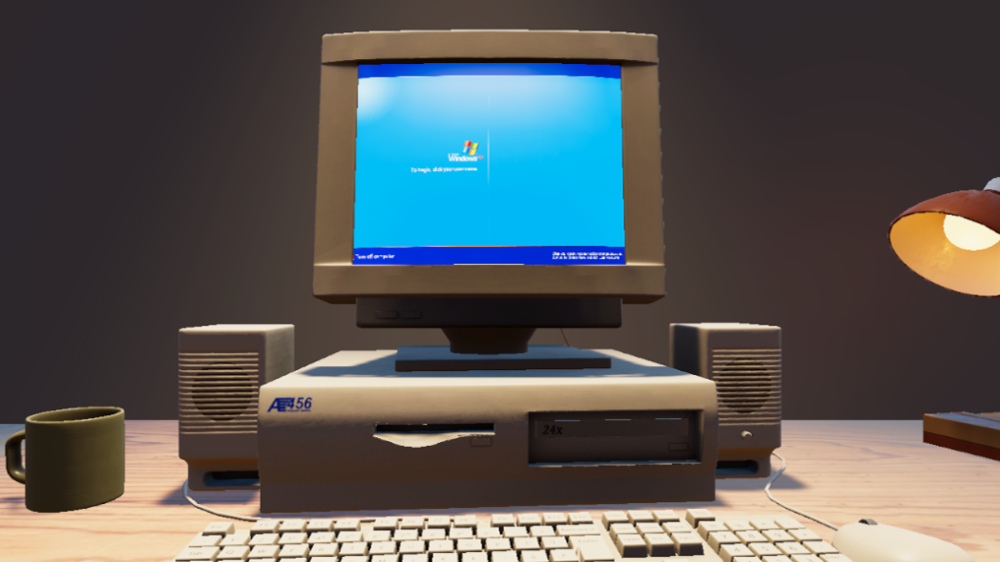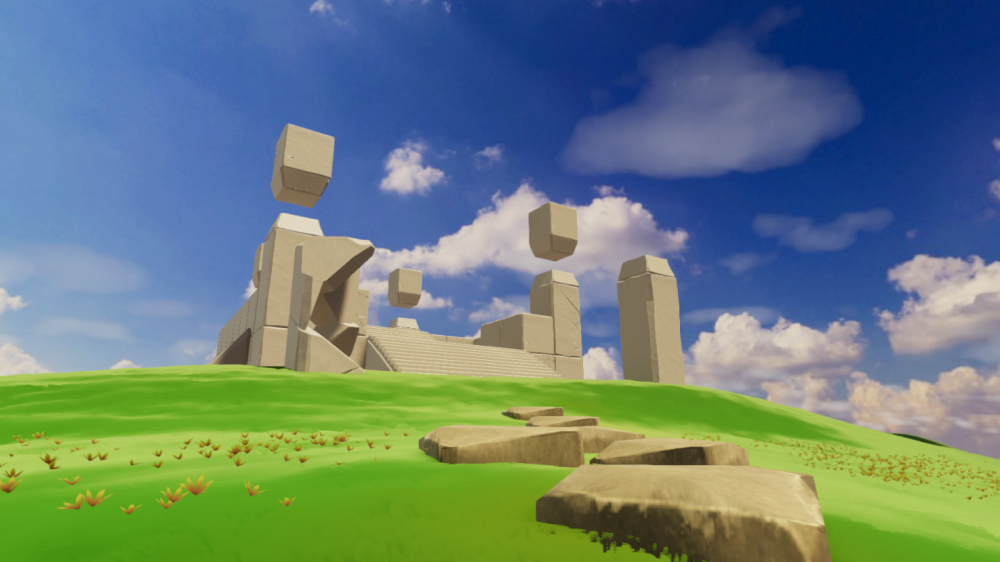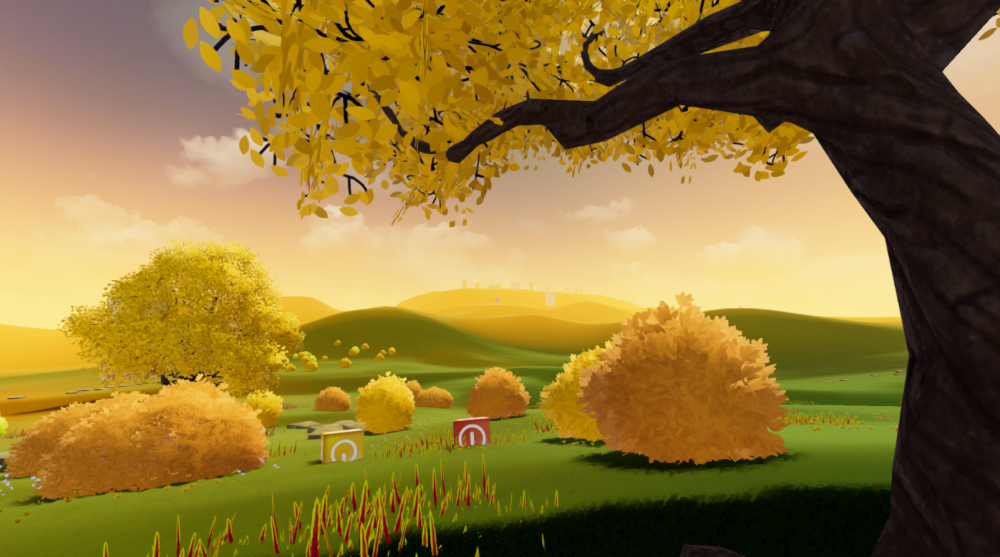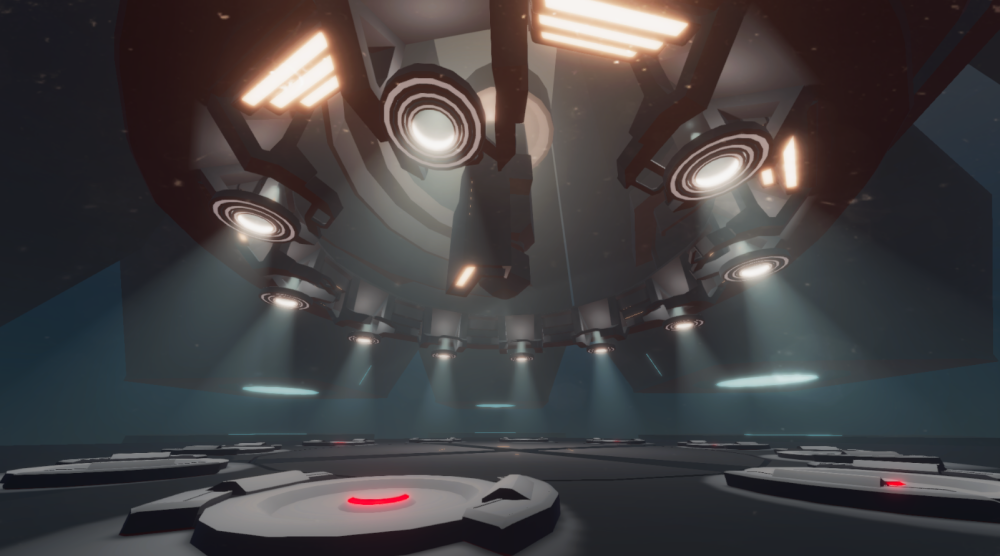Congzhou Du's
Game Design Portfolio
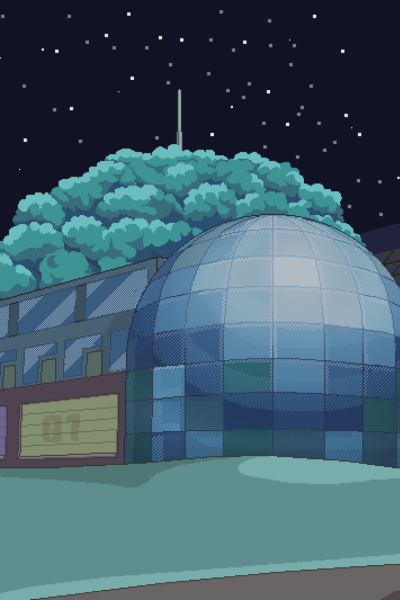


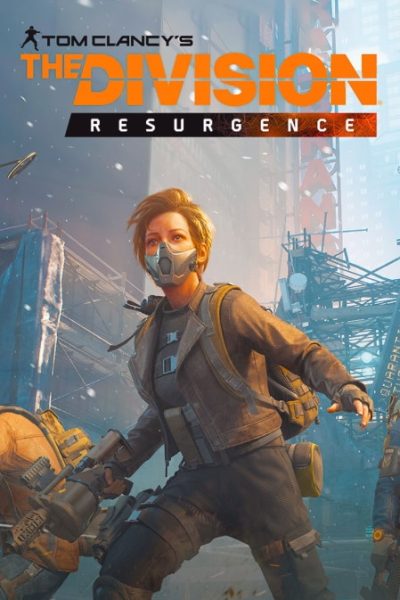
Solo Development (Programming, Art, System, Screenwriting, Music)
Solarpunk Academy is a Visual Novel game about mental health, superpowers and a new way of life.
The game is about being an amateur mental health therapist in a school of superhuman teenagers in the year 2041. Through interactive storytelling and strategic conversations, the player will uncover each character’s traumatic memories, and help the patients overcome their fear.
Research & Development
Research About Trauma-Focused Cognitive Behavioral Therapy
A 10-page study and critique of TF-CBT, a seemingly destructive but science-proven mental therapy method, was written during the early stages of development of Solarpunk Academy. It ensures the feasibility of the in-game therapy methods, and gave directions about writing realistic scripts in this Visual Novel.
What makes this therapy method unique is that while trauma is mostly painful memories that patients do not want to bring up again anymore, TF-CBT suggests that learning to face the traumatic experience directly is an integral part of the recovery process. It even goes as far as letting the patient narrate their trauma, in detail, to both the therapist and the caregiver. Despite seeming like a destructive solution to weak patients, the method has proved successful with children and adolescents suffering through the adverse effects caused by traumatic life events.
Building a Cinematic Storytelling Framework with C#
I don’t want to make yet another “click and read” anime visual novel. Besides text, choices, music and sprites, there are many elements I want to include:
- Camera movement and a 2.5D space (with depth)
- Cellphone system (emails, maps, ringtones…)
- Mini puzzles
- Facial expressions and character animations
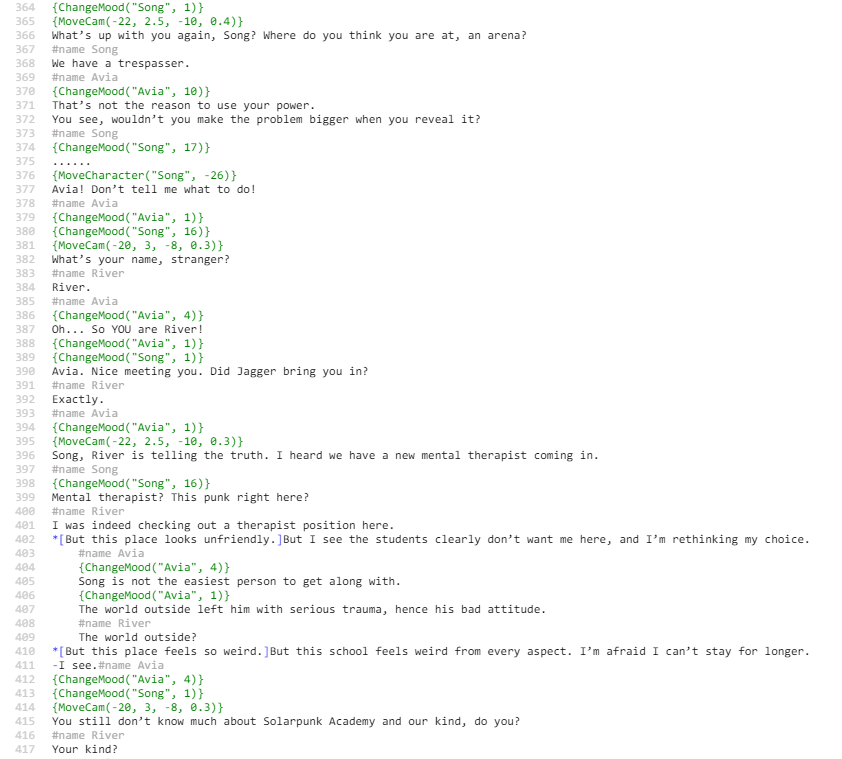
BLACK HAVEN
Level Design, System Design (Puzzles and Mechanics)
Black Haven is a 3D Psychological Horror game. The player will take the role of a homeless, starving girl, finding her way into an abandoned amusement park. As the player solves different types of puzzles, the evil truth behind the park gets revealed…
Level Design
Black Haven is divided into 6 levels and 5 environments.
The first level also serves the prequel and tutorial of the game. It happens in an individual scene, where the player controls the girl to learn basic mechanics before passing out in the snow.
Level two is where the player applies the mechanics learned in level 1 to enter an amusement park and power it on. The player utilizes the controls to solve a series of gradually complex puzzles in order to turn on each part of the park. As the lights and speakers turn on one by one, the air is filled with a comforting atmosphere. The circus tent opens and welcomes the girl inside.
Level three introduces danger and hostility to the player. They must dodge attacks from the machines and clown dolls called “Bobas” while solving a puzzle to escape.
Level four sends the player back to the outside of the park, but the player needs to run to the escape as quickly as possible while dodging the chase from Bobas. The seemingly short path turned out to be a loop, and the player is trapped in desperation until the end of the cycle.
The escape doesn’t bring the player outside. Instead, it sends them to the fifth level, which later turned out to be inside the body of a Great Old God. It creates this theme park illusion to lure little kids and consume them.
The final level is an infinite race against death in the Great Old God’s dimension. If the girl managed to escape, she will wake up in the middle of the snow, finding all her efforts in vain.
System Design
Black Haven’s over all goal continues to change as the plot twists happen, and the gameplay varies across the six levels, too. For example, in level 1, the goal is to survive, and the gameplay is close to walking simulator with minimal obstacles. In level 2, however, the goal is to revive an abandoned amusement park, and the player is allowed to freely visit all of the POIs scattered around an open area to solve independent puzzles. Near the end of the game, the core gameplay changes yet again to a parkour-like escape.
Each of the mechanics gets introduced to the game intuitively in a safe environment. After that, the player will need to practice these mechanics in hostile situations, which will often result in many failed attempts.
For example, in this roller coaster puzzle, every element is resented through real objects, and only one interact key (E) is needed.
1. The player sees the paper on the wall, learning that they need to change the roller coaster lighting to match with the photo.
2. The player tries to interact with the four buttons and uses the model on the desk to find the pattern.
3. The player sets the right lightings and goes out of the room to check if the roller coaster matches with the photo, and then pulls the trigger.
Level Design, World Design, System Design, Production, Music
Bliss is a first-person experimental adventure game about nostalgia and childhood memories in a Windows XP fantasy world. The player turns on an old PC to retrieve important files before throwing it out.
Bliss is still in its pre-alpha test stage. A prototype is available on the right.
World Design
Bliss has a vast and scenic open world built from scratch. Through environmental storytelling, it delivers two storylines to the player: the history of the Bliss Dimension and the life of the PC’s user.
The Bliss dimension is the objectification of a PC’s storage system, responsible for reading and saving documents for the user. A second in the real world equals 7 days in the Bliss world.
The Bliss world is, just like any PC storage, divided by hard drives (C:\, D:\, E:\ and F:\). In these areas live entities whose sole purpose of existence is creating and editing files. They inhabit the land generations after generations, building monuments, temples and altars to worship the god who controls the operation of the world (the user).
System Design
Experimental games are often boring.
The designers, while crafting cutting-edge works, are likely to fail on making the systems enjoyable and rewarding. Most gamers expect immediate and direct rewards for their actions, and it is inevitable that lots of experimental games will not be enjoyed by majority.
I faced the same problem. Our open world was too ambitious to fill up with content, and we didn’t want any UI, NPC or PvE battles to enrich the gameplay because, well, it’s an experimental game. The early playtesters always decribe it as “boring” and “empty”. To make Bliss’ gameplay more organized and rewarding, we designed a system around the collection mechanic.
In Bliss, the player is provided with the context that they turned on an old PC to retrieve and collect personal files loaded with memories. The files will be saved with a 3.5 inch diskette (floppy disc) of limited storage, making selective collection the core gameplay of Bliss.
Toggle Content
Professional Experience Highlight
Level Designer and Producer Intern (2021)
Level Designer and Producer (2022)
In May 2021, I joined Tencent Games to develop a mobile sequel of the Ubisoft AAA title The Division. During my time in Tencent Games, I designed the prototypes of 1 main quest and 2 side quests, including narratives and dozens of combat spaces.
Designing a Main Quest
Under my designated mentor, Marc Chen’s supervision, I was responsible for prototyping the final main quest in the Fifth chapter.
The quest consists of around a dozen of minor encounters spread across two buildings, plus a boss fight at the end against antagonist Ken Ito. The video below (14:48 – 33:12) is the full playthrough of the quest. (Due to video length limitation, I can only provide a link to youtube.)
When optimizing the map design, I put focus on intuitive route design and changes of space. For example:
- Most of the stairs, platforms and tunnels are reshaped into C-shaped routes that doesn’t require mobile players to constantly wiggle.
- Vertical movements indicate change of tempo. Stairs, elevators and slings are private places that allows the player to breathe.
- (15:35) Dynamic change of space. When the players first come down to the streets, they hold the east side and try to push west and open the gate. After the cinematic plot twist (17:08), the enemies started appearing from the east, reversing the battlefield (18:15).
- (28:04) Before the bloss fight against Ken Ito, the player will spend time in a tiny elevator, quietly and safely. Then, the space outside the elevator, vast and complex, is presented to the player in an overwhelming way. The hall is full of cubicles and pillars, indicating potential ambushes.

